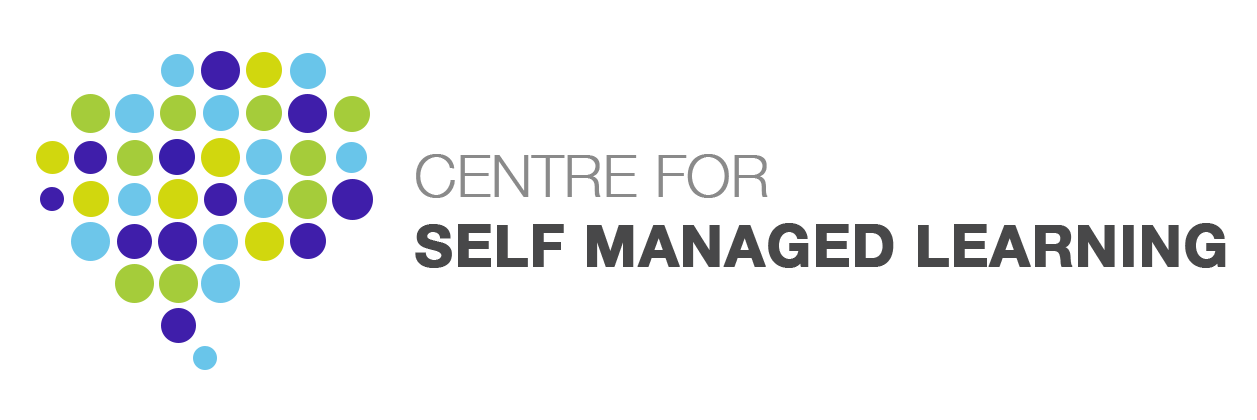01 May Repertory Grid Method
The repertory grid technique is based on the work of the American psychologist, George Kelly, and was formulated by those working with his Personal Construct Theory. (See Stewart et al, 1981). In this section we will show you a simplified exercise based on this work as it is very difficult to describe it without a practical example
This exercise is a structured way to help you identify how you see the world. Typically, the focus for the exercise is somewhat smaller than the world itself. It might be a particular role, say, that of a manager or leader. We can have all sorts of thoughts and feelings about such roles without having them mapped out in any accessible way. This exercise helps you get what’s currently in your head out onto paper.
Although it appears to be based on other people it is actually an exercise to get you to outline ways that you see the world, since your views of others are your views, and only those. The exercise can be used for diagnostic purposes as you can rate yourself against the criteria that you identify.
Examples
The following simplified structure for the exercise can be used for a variety of issues and is the same no matter what the subject is upon which you are focussing. As an example we will take the subject of leadership. (When doing the exercise it is important that you pick a role to which you aspire.) The purpose of the exercise is to draw out from you the key values, capabilities and attributes you feel are important in a leader.
[member]
1. Think of two people who you know who best exemplify effective leadership. They should ideally be people you have personally seen perform in this role. They might be from work or they might be people from other contexts e.g. sport. Write down their names below.
A. ___________________________________
B. ___________________________________
2. Think of two people who demonstrate the opposite of best practice. Again it is desirable that you have direct experience of their leadership activities. Write down their names below.
C. ___________________________________
D. ___________________________________
3. Now compare A and B with C. How are A and B similar and also different from C? Note down any key values, capabilities and attributes that come to mind in distinguishing A and B from C.
4. Now compare A and B with D and repeat the procedure above in 3.
5. Now compare A with C and D and repeat the procedure above.
6. Finally compare B with C and D and repeat as above.
7. Now write down the key factors from all the above in a list in approximate order of importance. (N.B. The list does not have to be exactly in order of importance but some idea of which things are more important than others would be of value.)
8. Additional step. It can be interesting to have friends or colleagues do the same exercise, and then to compare what you come up with. In talking through their list with them you might decide you would like to add some to your list.
9. Further additional step. Whether or not you have done step 8, you might like to score yourself on a scale of 1 to 5 (1=low, 5=high) in relation to each of the factors on your list. Given how you have scored yourself, note down what you intend to do (a) to maximise the use of your major strengths, (b) address any areas where you feel development will be important.
The above exercise has been used by us in a number of organisations as part of the diagnostic work at the start of a Self Managed Learning programme.
Possible benefits
- The process helps you squeeze all the juice out of the differences between the people you identify.
- It makes your thinking more concrete and less abstract. It teases out the constructs (thoughts and beliefs) you actually have, and live out of, rather than having you think about leadership in the abstract.
- It is your list. The list is derived from your own thinking. You might add to it, through talking with others about what they have put on their lists, but even then you only add what you decide is important. This makes the results of greater value than a list in some text on leadership.
- Having derived your list you can then use it to check against those leaders you see in action. This can enrich your sense of what those key values, capabilities and attributes are all about.
- Being able to make a self-assessment of the key values, capabilities and attributes in relation to a role you wish to take on will provide a good basis for defining your learning and development goals.
Possible limitations
- It is necessary to have some experience of people who have the role you are interested in. Of course, if you have not had that experience you should do some research on the role before you decide whether or not you would like to fill it yourself at some point.
- If used for diagnostic purposes you need to remember that it is just your perspective. You might find that you are missing a great deal in the way that you have analysed this material.
Operating hints
- The exercise, though it seems a bit unusual at first, is fairly straightforward. It is necessary to think about the implications of what the exercise brings out. There is little point in deriving your list and then simply leaving it at that. If this is a role you want, the things you consider important are the things you would want to develop.
- Some people might find they are not able to draw out many items for their list. This might mean that, in their experience, there are very few crucial factors. On the other hand, it might reveal to them that they need more direct observation of people in the role. In this case their senses will have been sharpened by doing the exercise and their observations will be the richer for it.
- It can be useful to compare your list with those in standard texts. This might enrich your thinking.
[/member]

